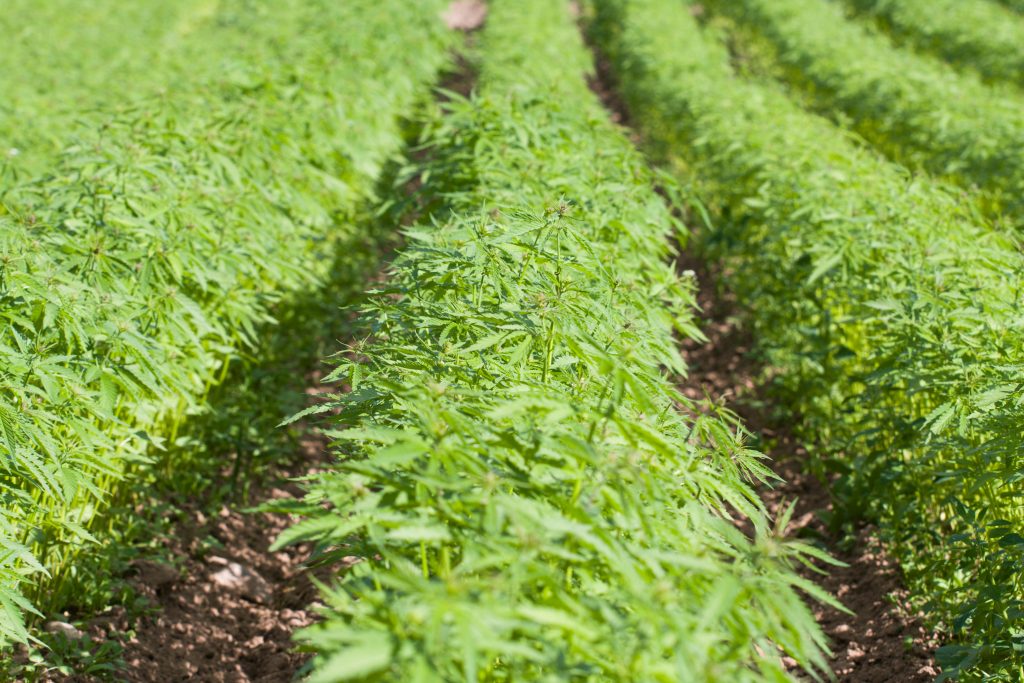
The number of Alabama hemp producers has tripled this year. However, that does not necessarily mean acreage has increased as well, says Katelyn Kesheimer, Auburn University Assistant Professor and Extension Specialist.
“Last year we had, just for comparison, about 150 licensed growers approved for 10,000 total acres. According to the (Alabama) Department of Ag, they think about 7,000 of those acres got planted. This year we have closer to 500. I think it’s 450 approved growers,” Kesheimer said. “I don’t have an estimate on approved acres. I’m sure I’ll get those numbers from the Department of Ag soon but a lot of people, from last year, they downsized.
“Also, I think with the uncertainty with getting your seeds and you’re planting right when COVID started; some people were approved and got the license but decided not to move forward with any plantings. Even though we had triple the number of growers, I’d be surprised if there was the same increase in acreage.”
Starting to Flower
Some of the hemp acreage in Alabama has plants that are starting to flower, which means harvest time will not be too far behind.
“There’s quite a bit out there flowering. We did have some auto-flower varieties go in so those are much quicker to flower than the standard day-length dependent. But yeah, we certainly have some crops where the plants are 6 or 7 feet tall; they’re in full flower,” Kesheimer said. “I imagine we’ll start to see some harvests not too long from now depending on how early people got their plants in. There are certainly some good-looking flowering hemp out there.
“I know some growers that are quite far along, they planted in May and are getting ready to harvest probably at the end of September/October.”
According to a recent interview with VSCNews, Kesheimer indicated that corn earworms remain a problem for all hemp producers. The caterpillars can feed on the buds and cause significant yield loss if not managed correctly. Since hemp is flowering across the state, that makes the crop more susceptible to infestations.









